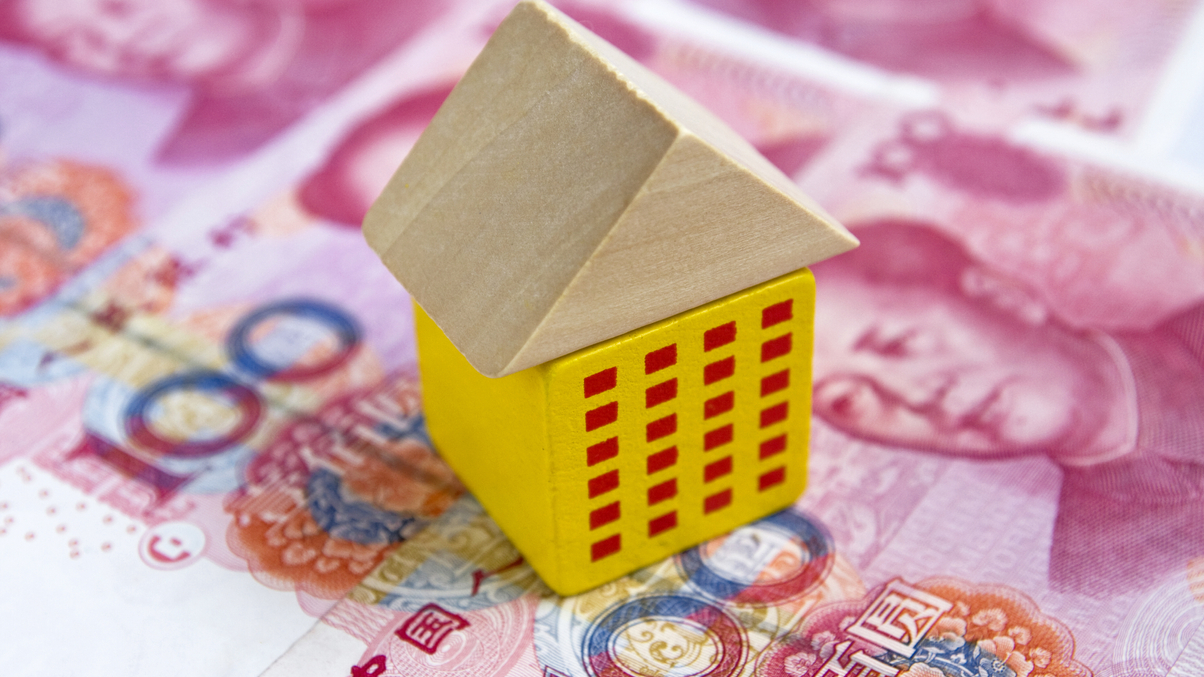Market Views: Longer-term impact of China's property stimulus
Recent government measures to prop up the sliding property market have led to developers’ shares climbing higher and soaring home sales. Will the new measures offer a sustained fix this time?

Chinese authorities recently announced a slew of policies to buoy a slumping housing market.
Sign in to read on!
Registered users get 2 free articles in 30 days.
Subscribers have full unlimited access to AsianInvestor
Not signed up? New users get 2 free articles per month, plus a 7-day unlimited free trial.
¬ Haymarket Media Limited. All rights reserved.


